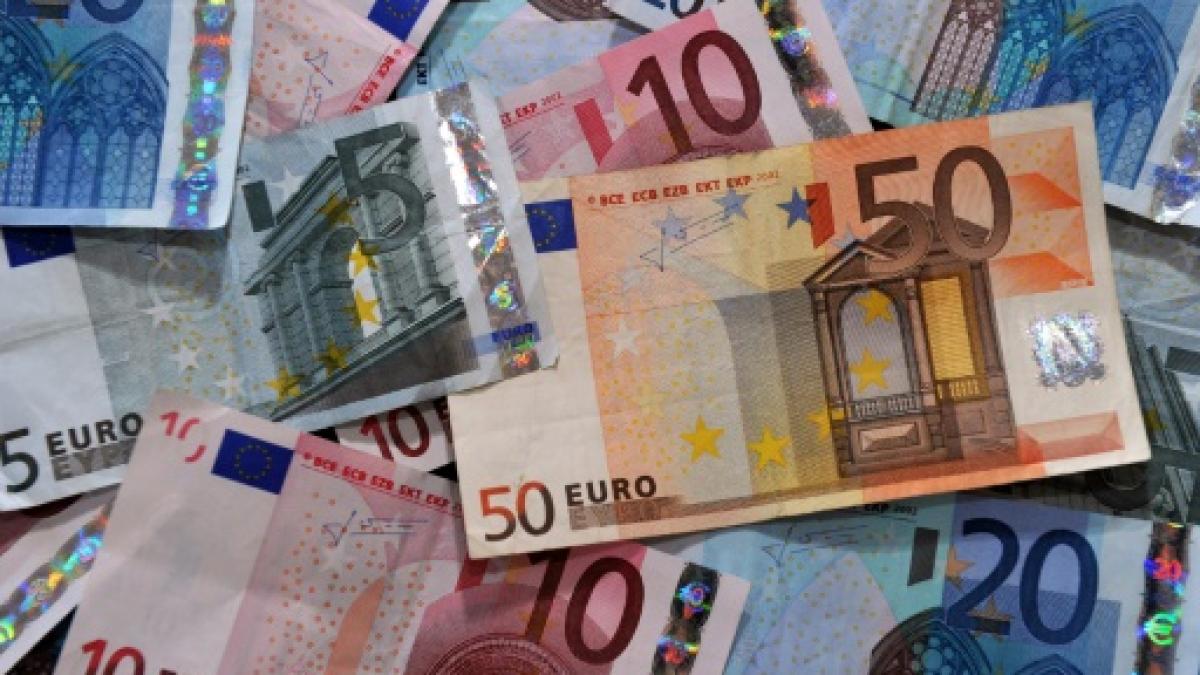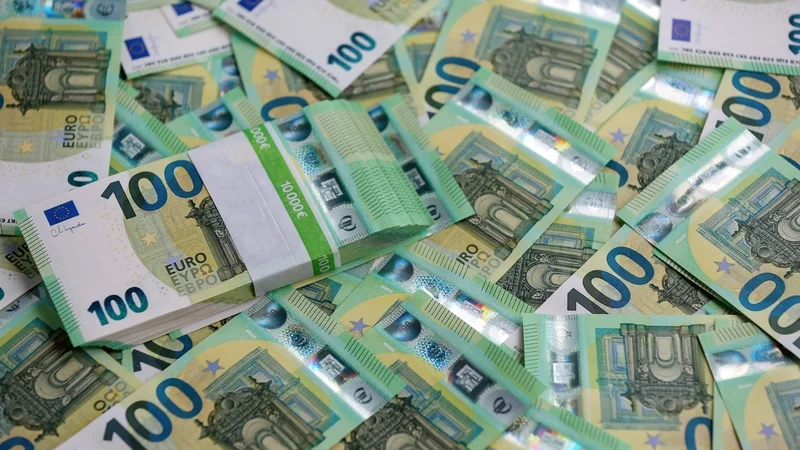
In the intricate world of finance and economics, the issue of counterfeit money stands as a significant challenge. The production and circulation of counterfeit currency not only undermine the economic stability of a country but also pose serious Geldscheine kaufen Legal and ethical dilemmas. This article delves into the various aspects of counterfeit money, including its production, distribution, detection, and the legal consequences of engaging in such activities.
The Production of Counterfeit Money
Counterfeit money is typically produced using sophisticated techniques that mimic the appearance and feel of genuine currency. The process often involves the following steps:
Design and Printing: Counterfeiters use high-resolution scanners and printers to replicate the intricate designs and security features of real banknotes. Advanced printing techniques, such as offset printing and intaglio printing, are employed to create a convincing replica.
Paper and Ink: Authentic banknotes are made from a special blend of cotton and linen, which gives them a distinct texture. Counterfeiters often use high-quality paper that closely resembles the genuine article. Special inks, including those that change color under different lighting conditions, are also used to enhance the realism of the counterfeit notes.
Security Features: Modern banknotes are equipped with a variety of security features, such as watermarks, security threads, and holograms. Counterfeiters attempt to replicate these features, but their efforts are often detectable upon closer inspection.
The Distribution of Counterfeit Money
Once counterfeit money is produced, it must be distributed to maximize its impact. Common methods of distribution include:
Street-level Dealers: Small-time criminals often distribute counterfeit money in local communities, passing it off to unsuspecting merchants and individuals.
Online Marketplaces: The rise of the internet has made it easier for counterfeiters to sell their products. Online marketplaces and dark web forums are popular venues for the exchange of counterfeit currency.
International Smuggling: Large-scale counterfeit operations often involve international networks, with counterfeit money being smuggled across borders to avoid detection.
Detection of Counterfeit Money
Banks, law enforcement agencies, and businesses have developed several methods to detect counterfeit money:
Visual Inspection: Checking for inconsistencies in design, color, and texture can often reveal counterfeit notes.
Security Features: Examining the watermarks, security threads, and holograms can help identify fake banknotes.
UV and Infrared Light: Specialized equipment can be used to detect counterfeit notes by analyzing their response to ultraviolet and infrared light.
Counterfeit Detection Pens: These pens contain a chemical that reacts with the paper used in counterfeit notes, turning it a different color.
Legal Consequences of Counterfeiting
The production and distribution of counterfeit money are serious crimes that carry severe legal penalties. The specific consequences can vary depending on the jurisdiction, but they generally include:
Criminal Charges: Counterfeiters can be charged with forgery, counterfeiting, and fraud. These charges often come with lengthy prison sentences and substantial fines.
Civil Penalties: Individuals and businesses that unknowingly accept counterfeit money can face financial losses and legal action from the authorities.
Reputation Damage: Engaging in or being associated with counterfeit activities can damage an individual's or business's reputation, leading to long-term consequences.
Frequently Asked Questions (FAQs)
Q: What should I do if I receive counterfeit money?
A: If you suspect that you have received counterfeit money, you should immediately contact your local law enforcement agency or the nearest branch of your bank. Do not attempt to pass the counterfeit note to someone else, as this is illegal.
Q: How can I protect myself from counterfeit money?
A: To protect yourself, always inspect the money you receive, especially large denominations. Look for security features such as watermarks, security threads, and holograms. Use counterfeit detection pens if available, and be cautious when accepting cash from unfamiliar sources.
Q: What are the penalties for using counterfeit money?
A: The penalties for using counterfeit money can vary, but they often include fines, imprisonment, and a criminal record. The severity of the punishment depends on the amount of counterfeit money involved and the circumstances of the case.
Q: Can I be held responsible if I unknowingly pass counterfeit money?
A: While it is a crime to knowingly pass counterfeit money, you may not be held responsible if you were unaware that the money was fake. However, you are still required to report the incident to the authorities and cooperate with any investigation.
Q: How do governments combat counterfeit money?

A: Governments employ a variety of strategies to combat counterfeit money, including improving the security features of banknotes, enhancing law enforcement efforts, and educating the public about how to detect counterfeit currency. International cooperation is also crucial in addressing the global nature of the problem.
The production and circulation of counterfeit money pose significant risks to economic stability and the integrity of financial systems. Understanding the methods used by counterfeiters, the techniques for detecting counterfeit money, and the legal consequences of engaging in such activities is essential for both individuals and businesses. By staying informed and vigilant, we can all play a role in preventing the spread of counterfeit currency and protecting the economic well-being of our communities.












